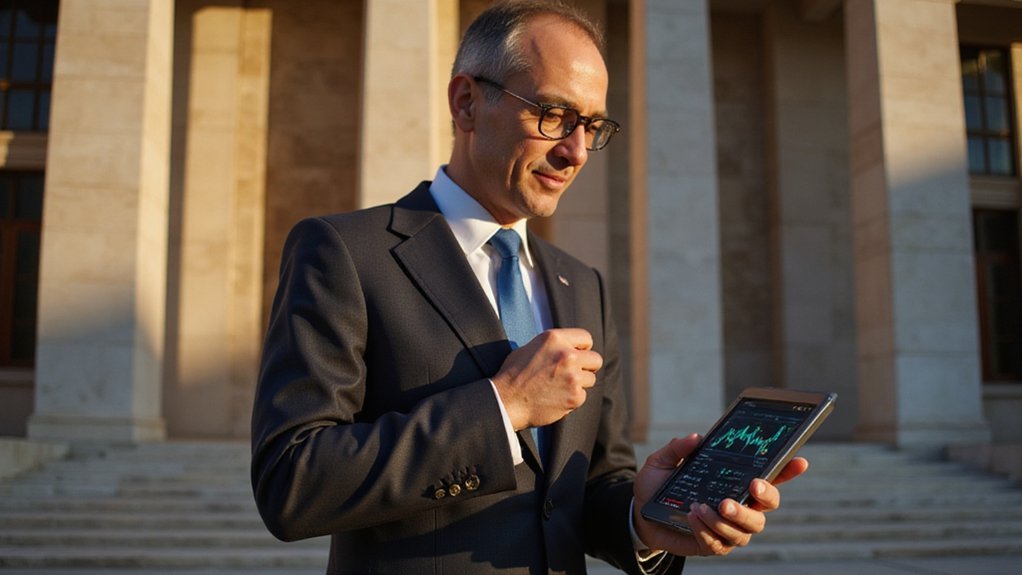In yet another move that underscores his determination to reshape America’s economic institutions, President Trump announced on August 7, 2025, the nomination of Stephen Miran to the Federal Reserve Board of Governors—a calculated attempt to inject his administration’s pro-growth philosophy into an institution he has repeatedly characterized as overly cautious and, in the case of Chair Jerome Powell, downright moronic.
Miran, currently serving as Chair of the White House Council of Economic Advisers, brings impressive credentials to this temporary appointment, which runs until January 31, 2026. The Harvard economics Ph.D. previously distinguished himself during Trump’s first administration and has emerged as a vocal architect of the current economic agenda. His nomination fills the vacancy left by Adriana Kugler, a Biden appointee stepping down—though one suspects the circumstances of her departure weren’t entirely voluntary.
What makes this appointment particularly intriguing is Miran’s unwavering support for policies that conventional wisdom suggests should terrify central bankers. He champions Trump’s income tax cuts while simultaneously arguing that tariff hikes will stimulate growth and reduce budget deficits—a mathematical feat that would impress even the most creative accountants.
More provocatively, he dismisses inflation concerns associated with tariffs, directly contradicting the Fed’s institutional caution. This philosophical divergence creates fascinating dynamics. While Powell maintains his methodical approach to monetary policy, Miran represents Trump’s impatience with what the administration views as unnecessarily restrictive policies. The Fed recently kept its key interest rate steady at 4.3% for the fifth consecutive time, highlighting the conservative approach Miran seeks to challenge.
The temporary nature of his appointment limits long-term influence, yet his presence promises to inject considerable tension into boardroom discussions. Senate confirmation remains uncertain, as Miran’s positions on tariffs and inflation will likely generate substantial scrutiny. His public challenges to Powell’s rate policies signal an administration unwilling to accept Federal Reserve independence as sacrosanct—a perspective that may fundamentally alter markets’ expectations regarding monetary policy coordination.
Whether Miran’s brief tenure proves transformative or merely symbolic depends largely on his ability to build coalitions within an institution historically resistant to political pressure. Given Trump’s track record of appointing disruptors rather than consensus-builders, the coming months should provide compelling theater for those fascinated by the intersection of politics and monetary policy. His appointment coincides with growing discussions about regulatory sandboxes in financial markets, as traditional oversight mechanisms struggle to keep pace with rapid technological and policy changes.






